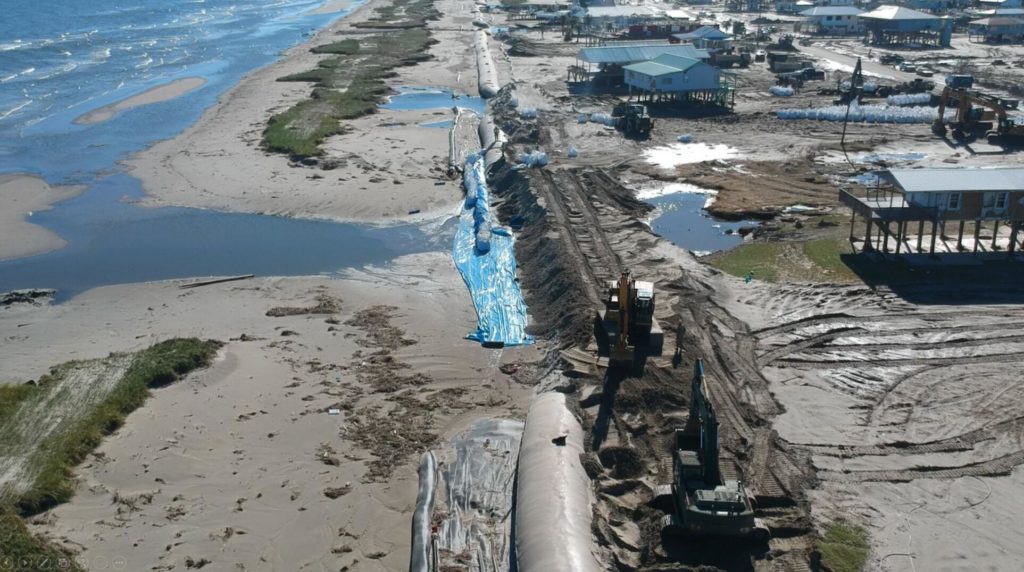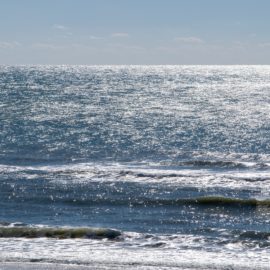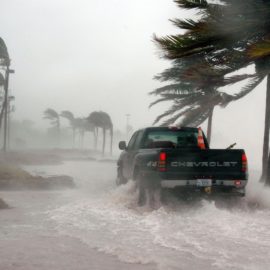
Coastal Protection and Restoration Authority
Barrier Islands are designed to shift with the waves. They are not stable. Homes in the delta are on shifting land and again, stability is not expected. But we keep rebuilding. How long can this be done? Bob Marshall is pessimistic.
Suppose your home has just been diagnosed with every Louisiana property owner’s greatest fear: termites! The contractor says the living room and kitchen must be gutted and rebuilt. While the bottom line on the estimate for repairs is staggering, you realize that’s the cost of living here. Then you notice something odd: The price doesn’t include termite treatment for the rest of the house. No bait system. No chemicals. Nothing. And everyone knows those hungry wood-crunchers are still out there, waiting to feast on whatever you rebuild. “This doesn’t make sense,” you tell the contractor. “We’re not addressing the cause. We’re just throwing good money after bad.”
nola.com
That is where we are with climate change. We fix the immediate problem but do not fix the source of the problem.
That scenario comes to mind when reading the debate on the future of Grand Isle, Lafitte and other coastal communities devastated by Hurricane Ida. As climate change advances, serious questions must be answered about the viability of communities like these outside storm surge protection levees. Projections made a decade ago that the heating of the Gulf of Mexico would lead to more large hurricanes have come true. Ida was just the latest storm to show those record high water temperatures have become the crystal meth of hurricane development. In just 24 hours a mild-mannered Category 1 turned into a monster Category 4. Its towering storm surge literally picked up large sections of Barataria Bay’s remaining marshes — grass as well as several feet of underlying soil — and dropped them 20 miles inshore on communities like Barataria and Lafitte. Its brutal 170 mph winds wrecked homes, businesses, and lives. Residents and their political allies have responded by looking for financial help so they can continue to live on the edge of the Gulf. They are talking about rebuilding with higher and stronger berms, levees and floodwalls and raising roads, homes and businesses. All the ideas aim to reduce the damages from these huge storms.
That is normal. FEMA comes in with money. Insurance pays. The cause remains.
But like that example of the termite-damaged house, those treatments will end up being expensive failures because they only address the symptoms of the problem, not the cause. That cause, of course, is the greenhouse gas emissions primarily from fossils fuels that are driving the warming of the oceans. That warming, in turn, has caused the acceleration of sea level rise producing hurricanes with higher, stronger storm surges and home-smashing winds that levees and floodwalls can’t stop. Indeed, by the time Hurricane Katrina came ashore in 2005, the number of Category 4 and Category 5 storms had doubled over previous 35 years. You see this head-in-the sand approach to climate change across the nation under the euphemism of “climate adaptation programs.” Endless billions in taxpayer funding are being sought to “prepare communities” for the obvious climate impacts like rising seas, sunny day flooding, record torrential rainfalls and, of course, more and bigger hurricanes.
The problem for solution lies in the states and in congress and there is one party blocking any needed actions.
But in GOP-held states there is rarely a similar effort to reduce the causes of this growing problem. Perhaps most frustrating of all is that these governments and their supporters no longer deny climate change exists. The Georgetown University Climate Center’s Adaptation Clearinghouse tracks state efforts to adjust to the impacts. It seems to be growing by the day. But only 14 states have actually addressed the cause by passing laws requiring reductions in greenhouse gas emissions. Louisiana and eight others have programs being pushed by their governors but so far not backed by legislation. Equally puzzling is how residents in coastal states such as Louisiana continue to elect GOP candidates to Congress and their legislatures. Sure, these politicians are now demanding the rest of the nation provide them with money to “adapt” to climate change, but at the same time they block efforts to require nationwide regulations to reduce fossil fuel emissions because it might hurt their local businesses. Kind of like wanting to get paid for doing nothing. That’s like asking taxpayers to buy more respirators for COVID-19 patients but opposing vaccination mandates. Oh, wait …
We tend to vote against our best interest. That is life but, oh wait…maybe change will occur!



